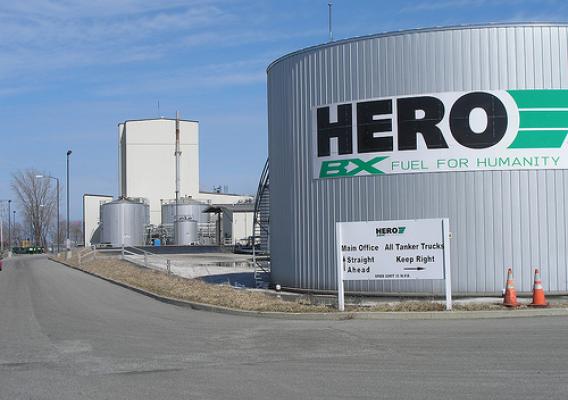Last week, Senator Debbie Stabenow and I spent the day at the Pure Michigan 400 at Michigan International Speedway where we were excited to learn about a new way American Farmers are leading the charge on innovation.
There, we had the opportunity to tour the NASCAR Sprint Cup Garage to view engines using American-grown biofuels. Michigan is one of the most agriculturally diverse states in the nation. Farms of every different shape and size produce more than 200 different food commodities. This year, the bounty of U.S. farmers is helping fuel NASCAR. Every race car and truck in NASCAR’s top three series will be fueled by Sunoco Green E15.
More than 100 agricultural entities including farmers, ethanol producers and seed and equipment makers are partners in this effort. And, as part of this partnership, each week, Growth Energy presents one NASCAR driver with the ‘American Ethanol Green Flag Restart Award’ to a Cup Series driver who has the fastest average on restarts at the prior week’s race.


